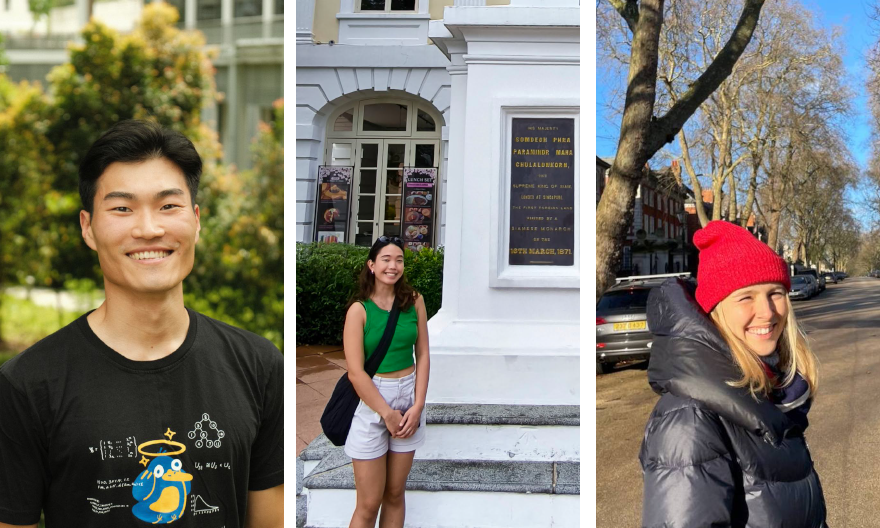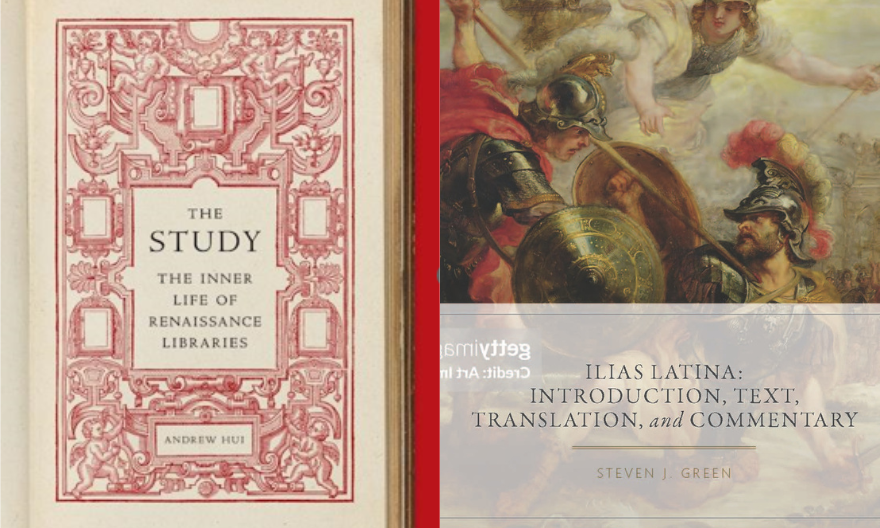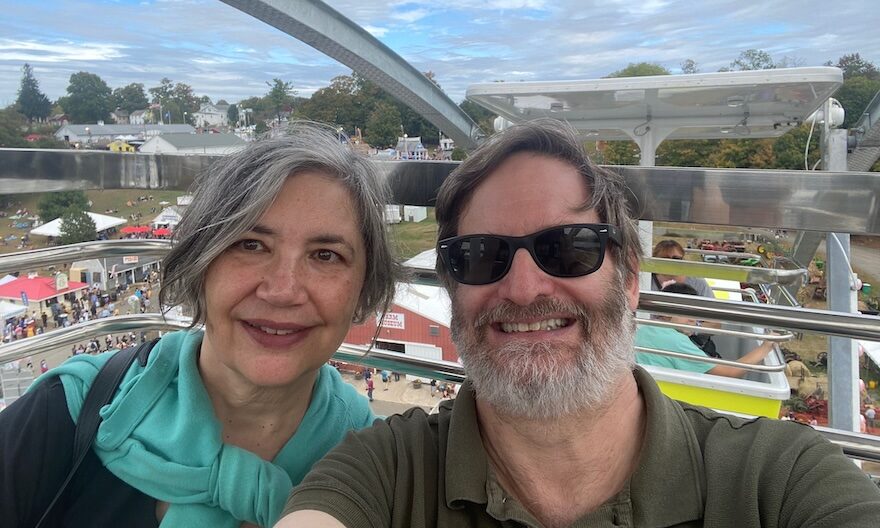Faculty explore creative ways to promote teaching and learning at Yale-NUS
A learning portal and online tools help support the study of medieval literature and encourage citizen science
A learning portal to support the study of medieval literature and integrated tools to facilitate citizen science projects. These are two teaching engagement projects that Yale-NUS College faculty have recently worked on together with students.
Lecturer of Humanities (Literature) Dr Emily Dalton and her students created an online learning portal designed to support the study of mediaeval literature at Yale-NUS. The site assembles a set of resources on language, literary history, manuscripts, and visual culture to help students approach texts in more historically sophisticated ways. It also maps students’ journeys through the world of mediaeval literature by featuring their analytical and creative works.
 Screenshot of page from ‘The Medieval Kingfisher’ learning portal. Source: https://medieval-kingfisher.commons.yale-nus.edu.sg/
Screenshot of page from ‘The Medieval Kingfisher’ learning portal. Source: https://medieval-kingfisher.commons.yale-nus.edu.sg/
Dr Dalton’s inspiration for this project stemmed from teaching electives at the College. She found that students were curious about many facets of mediaeval European literary, visual, intellectual culture beyond what they had time to cover in the classroom.
“I was extremely impressed by the varied and imaginative ways in which students approached texts from our course syllabus and wanted to create a forum for them to share their work with their classmates and the wider College community,” she said.
She explained that in each of her courses, students were asked to respond creatively to readings, and “have produced some extraordinary works of writing, painting, sculpture, animation, theatre, music, dance, and other art forms” which can be shared on the website.
The process of creating the portal alongside students has been an “exciting and enriching experience”, said Dr Dalton. “When I first began the project, I wasn’t quite sure what form it would take, but I’ve been fortunate to work closely with students who have contributed greatly to the design and vision for the project.” The project is not only created for students, but also by students. According to Dr Dalton, her student Hong Jin Toh (Class of 2023), who has worked over the past year and a half as her research assistant, has been instrumental in shaping the site, helping to edit and post submissions, offering ideas for website design, and contributing several written pieces.
The construction of the site is still ongoing, but Dr Dalton shared that “it has been a pleasure to see how the site has allowed for a sustained conversation between students in various mediaeval electives across the past few years, a reminder of the continued capacity of pre-modern texts to resonate with twenty-first century readers and of the rich possibilities of engaging with mediaeval works in a liberal arts environment.”
Citizen or community science is a way of crowdsourcing data collection, and it has often been touted as a way of engaging communities in science. Associate Professor of Science (Life Sciences) Philip Johns and his students have been working with local communities, as well as ‘gleaning’ data from public sources to answer questions relating to science – including on otter social behaviour and cat cognition. To this end, Assoc Prof Johns and his students have created two different tools as a platform for citizen science, community engagement, and pedagogy.
The first tool is a survey for individuals to assess people’s awareness of Singapore’s biodiversity and quizzing participants on common animals in Singapore. The second tool is a set of integrated tools that allow community scientists to “scrape” videos from Instagram via hashtags to allow citizen science projects to amass videos. Assoc Prof Johns presented these tools at the IUCN Otter Congress in September 2022 in a session devoted to community engagement. The tool is currently available on GitHub . These tools were created alongside students, some of whom did coding to facilitate the creation of the tools, while some were engaged in with meetings with data professionals to further the project.

 Selection from Assoc Prof Johns and his student’s scraping tool on GitHub to allow people to access their work. (Credit: Philip Johns, Marcellinus Jerricho, Jeremy Osborn, and Anand Kumar)
Selection from Assoc Prof Johns and his student’s scraping tool on GitHub to allow people to access their work. (Credit: Philip Johns, Marcellinus Jerricho, Jeremy Osborn, and Anand Kumar)
Assoc Prof Johns’ research interests revolve around insects and animal behaviour, and he teaches courses and conducts research with students on this topic. Tools like the survey help the team to measure the impact of participating in citizen science projects or taking certain science courses. According to Assoc Prof Johns, the survey measures attitude towards nature, and also quizzes people on their knowledge about local animals.
“In the future, I hope to use the survey tool to find out people’s attitudes towards nature and how they change as a consequence of doing community science,” said Assoc Prof Johns.




